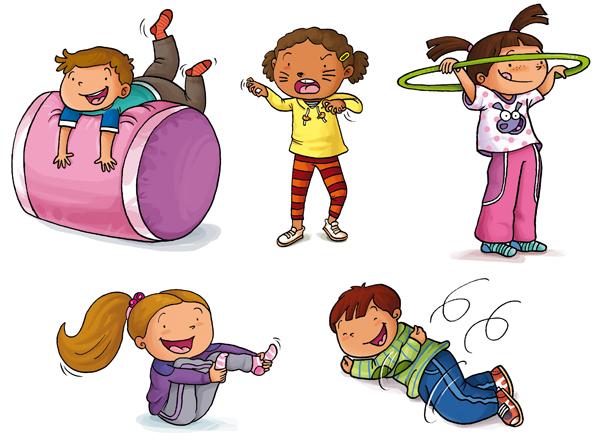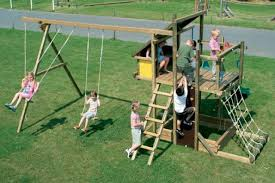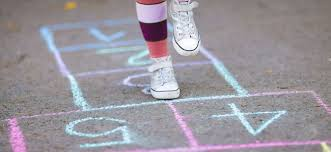
«Movement is an essential means of communication
and one of the first forms that the child finds
to express their feelings and thoughts.»
In the first years of life, children learn mainly through movement. It is through the actions they perform with their bodies, through sensations and perceptions, that they will begin to relate to and get to know themselves and the world around them. Movement is an essential means of communication and one of the first ways that children find to express their feelings and thoughts.
It is through motor manifestations that the child establishes a link between his body and the world around him. If we observe play in the first years of life, these are predominantly motor-based, where each child experiences his possibilities and shares the play space, he does so out of curiosity to know his own body, as well as the outside world and he does so through action, exploration and manipulation.
It is the basis of knowledge and psychic development, it is what allows and promotes their self-image, as well as the development of self-confidence, their ability to think and communicate. The development of movement not only allows them to gain flexibility on a physical level but also on a cognitive and affective level. It stimulates the connection between mind and body, generates substances that are responsible for the activation of neurons and therefore contribute to neuronal stimulation and the formation of new synapses. Children increase their ability to solve problems by trying to perform various acts such as climbing, getting under or passing through an object. Movement is also essential to help children put their ideas into action and thus achieve a goal.
One of the principles of development is the well-known proximal-distal law, which explains that the child matures from the center of his body to the tips of his extremities, meaning that, to strengthen the hand, he must first strengthen his neck, shoulder, arm, forearm and wrist. This is why, in order to promote a good pencil grip, we must first provide adequate stimulation of the overall movement. “Before we put a pencil in a child’s hands, those hands must dig, climb, press, pull, squish, twist, and pinch in a wide range of environments and with a variety of materials.” (Amanda Morgan) In addition, in order to ensure that children have the proper posture to prepare themselves for learning, they need to exercise their bodies and strengthen their muscles.
It is therefore essential that children have opportunities to exercise different movements and put their bodies into action. To master movement, they must move and acquire strength and control in their muscles so that they can explore and incorporate increasingly complex skills and develop their psychomotor abilities until they reach their maximum capacity.
This particular time that we have been experiencing worldwide has undoubtedly restricted the possibilities of movement and physical play. Below, we propose some ideas to encourage and give children different opportunities to move.

What simple activities can be proposed to promote movement? How can movement development be enabled?
- Playing “pan-cheese” (walking touching the toe of one foot to the heel of the other). Walking along a wall, spinning, swinging, rocking, all these types of activities promote stimulation of the vestibular systemThis system is essential for proper development because it is involved in the following functions: balance and orientation in space, posture and muscle development, eye movement, eye tracking (so important for reading, writing, paying attention, and picking up an object). It is important because it provides a lot of information about where the body is in relation to space. The relationship that the child has with his balance defines how he experiences the world and how he adapts to it, how he relates to others and to himself.

- Jumping, hopscotch, playing blindfold and recognizing body parts: not only does it improve muscle, lung, heart and brain functions, but it also promotes stimulation of the proprioceptive systemThis system is what allows us to know where each part of our body is and helps us plan our movements. Just as the ears send information to the brain, the muscles and joints sense the position of the body and send the signal to the brain.
- Handrails: This game helps to strengthen the hands, arms and shoulders overall.
Psm. Mikaela Barbieri
Psych. Federica Bonino